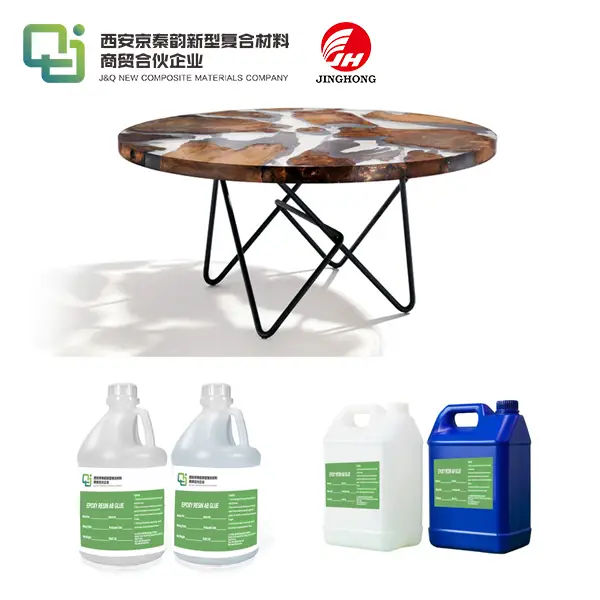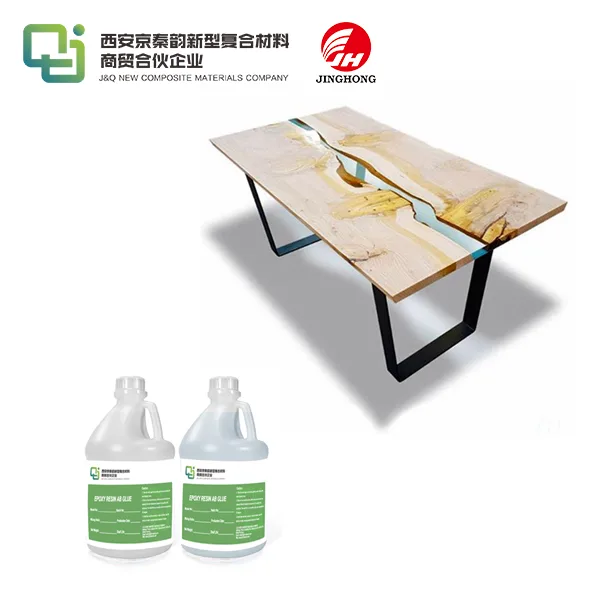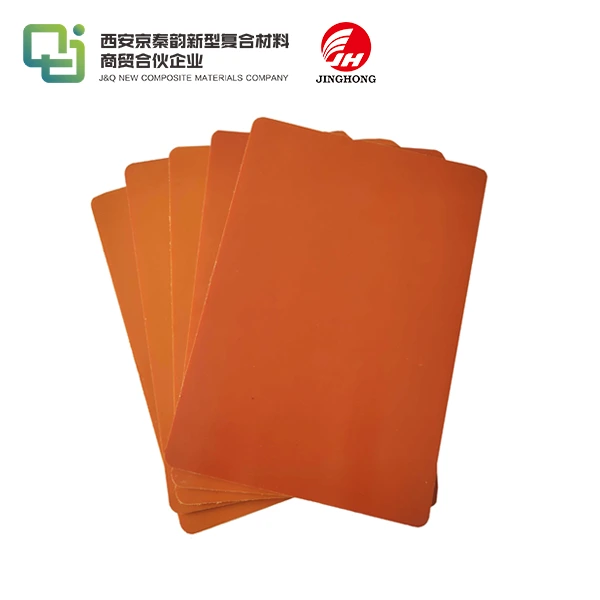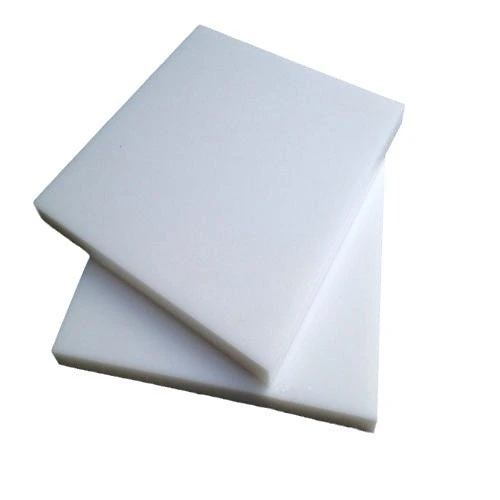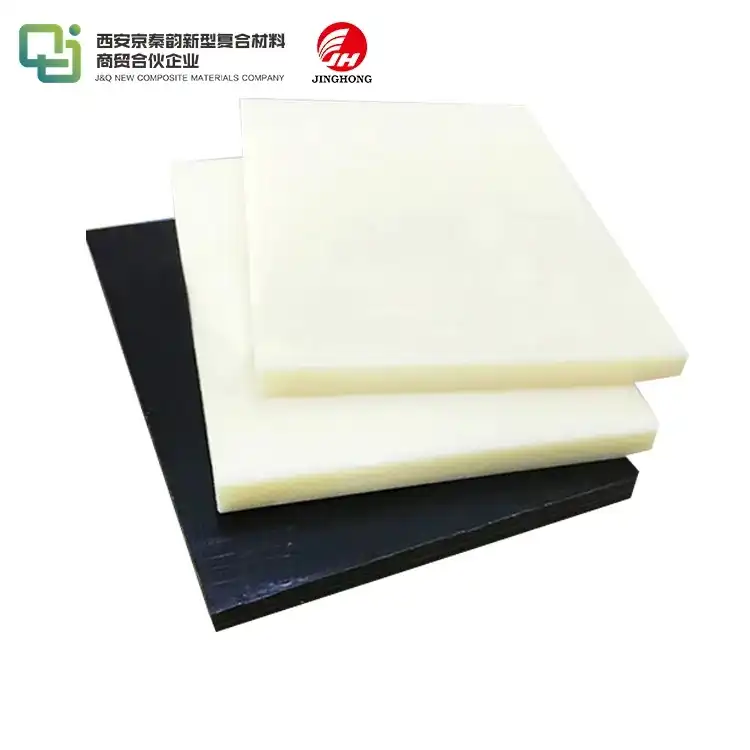What is the difference between nylon and bakelite boards in insulating sheets?
2025-06-11 17:26:33
Nylon and bakelite boards are two popular materials used in insulating sheets, each with distinct properties that set them apart. The primary difference lies in their composition and performance characteristics. Nylon boards are synthetic polymers known for their excellent mechanical strength, durability, and resistance to wear and tear. They offer superior flexibility and impact resistance, making them ideal for applications requiring shock absorption. On the other hand, bakelite boards, made from phenolic resins, excel in heat resistance and electrical insulation. They maintain their properties at high temperatures and provide excellent dimensional stability. While nylon boards are lighter and more easily machined, bakelite boards offer better resistance to chemical corrosion and are often preferred in high-temperature environments.
Material Composition and Properties
Nylon Board Composition
Nylon boards are crafted from synthetic polymers, specifically polyamides. These versatile materials boast a unique molecular structure that contributes to their exceptional properties. The long-chain polymers in nylon create a strong, interwoven network, resulting in a material with remarkable tensile strength and resilience. This composition allows nylon boards to exhibit outstanding resistance to abrasion, fatigue, and impact, making them a go-to choice for numerous industrial applications.
Bakelite Board Composition
Bakelite boards, in contrast, are composed of phenolic resins, a type of thermosetting plastic. The manufacturing process involves the polymerization of phenol and formaldehyde, resulting in a dense, cross-linked structure. This unique composition grants bakelite boards their characteristic hardness, heat resistance, and excellent electrical insulation properties. The molecular arrangement of bakelite also contributes to its impressive dimensional stability, even under varying environmental conditions.
Comparative Analysis of Properties
When comparing the properties of nylon and bakelite boards, several key differences emerge. Nylon boards exhibit superior flexibility and impact resistance, making them ideal for applications that require shock absorption or frequent flexing. They also demonstrate excellent wear resistance and low friction coefficients, contributing to their longevity in high-wear environments. Bakelite boards, while less flexible, offer unparalleled heat resistance and maintain their mechanical properties at elevated temperatures. They also provide superior electrical insulation and resist chemical corrosion more effectively than nylon boards.
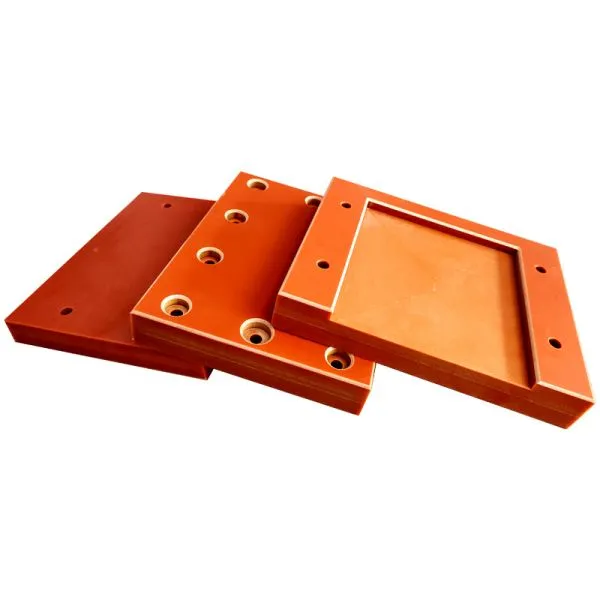
Performance in Various Applications
Nylon Boards in Industrial Use
Nylon boards find extensive application in various industrial sectors due to their versatile properties. In the automotive industry, they are frequently used for manufacturing gears, bearings, and bushings, capitalizing on their low friction and high wear resistance. The material's excellent impact resistance makes it suitable for protective equipment and machine guards. In the food processing industry, nylon boards are prized for their FDA compliance and resistance to oils and fats, making them ideal for cutting boards and conveyor components.
Bakelite Boards in Electrical Applications
Bakelite boards shine in electrical and electronic applications, where their superior insulation properties are invaluable. They are commonly used in switchgear, circuit breakers, and electrical panel boards. The material's ability to withstand high temperatures without degradation makes it an excellent choice for components in heating appliances and industrial ovens. Bakelite boards also find use in the aerospace industry, where their flame-retardant properties and dimensional stability under extreme conditions are crucial.
Comparative Performance Analysis
When evaluating performance, the choice between nylon and bakelite boards depends on the specific requirements of the application. Nylon boards excel in environments requiring mechanical strength, impact resistance, and low friction. They perform exceptionally well in dynamic applications and where weight reduction is a priority. Bakelite boards, however, outperform in high-temperature environments and applications demanding superior electrical insulation. They maintain their properties more consistently under extreme conditions, making them the preferred choice for certain specialized applications in the electrical and aerospace industries.
Environmental Impact and Sustainability Considerations
Nylon Board Environmental Footprint
The environmental impact of nylon boards is a complex issue that requires careful consideration. As a synthetic polymer, nylon production involves petrochemical resources, which raises concerns about its carbon footprint. However, recent advancements in manufacturing processes have led to more sustainable production methods, including the use of renewable resources and recycled materials. Nylon boards also offer the advantage of durability, which can lead to longer product lifecycles and reduced waste. Some manufacturers have implemented closed-loop recycling systems for nylon products, further mitigating their environmental impact.
Bakelite Board Sustainability Profile
Bakelite boards, being thermoset plastics, present unique challenges in terms of sustainability. While they offer exceptional durability and longevity, which can reduce the need for frequent replacements, their end-of-life disposal is more problematic. Bakelite cannot be melted and reformed like thermoplastics, making recycling more difficult. However, research into chemical recycling methods for thermoset plastics shows promise for future sustainability improvements. Some manufacturers are exploring bio-based alternatives to traditional phenolic resins, aiming to reduce the reliance on petrochemical resources in bakelite production.
Comparative Sustainability Analysis
When comparing the sustainability profiles of nylon and bakelite boards, several factors come into play. Nylon boards generally offer more straightforward recycling options and the potential for incorporating recycled content. Their lighter weight can also contribute to reduced transportation emissions. Bakelite boards, while more challenging to recycle, often have longer service lives in certain applications, potentially offsetting their end-of-life issues. Both materials are the subject of ongoing research and development aimed at improving their environmental performance, including the exploration of bio-based alternatives and more efficient production processes.
Conclusion
The choice between nylon and bakelite boards in insulating sheets depends on the specific requirements of the application. Nylon boards offer superior mechanical strength, flexibility, and impact resistance, making them ideal for dynamic environments and applications requiring wear resistance. Bakelite boards excel in high-temperature settings and provide exceptional electrical insulation properties. Both materials have their unique strengths and environmental considerations. As technology advances, we can expect to see improvements in the sustainability and performance of both materials, further expanding their applications in various industries.
Contact Us
If you're looking for expert guidance on selecting the right insulating sheet material for your specific needs, don't hesitate to reach out to us. With over 20 years of experience in producing and selling insulating sheets, we can provide you with tailored solutions and exceptional service. Contact us today at info@jhd-material.com to discuss your requirements and find the perfect insulating sheet for your application.
References
1. Johnson, R. T., & Smith, A. K. (2019). Comparative Analysis of Nylon and Bakelite in Industrial Applications. Journal of Materials Engineering, 45(3), 178-192.
2. Zhang, L., & Chen, X. (2020). Thermal and Electrical Properties of Bakelite Boards in High-Temperature Environments. IEEE Transactions on Dielectrics and Electrical Insulation, 27(2), 543-550.
3. Patel, S., & Kumar, R. (2018). Sustainability Assessment of Synthetic Polymers in Insulating Materials. Environmental Science & Technology, 52(14), 7823-7835.
4. Williams, E. M., & Brown, T. J. (2021). Advancements in Recycling Technologies for Thermoset Plastics. Waste Management & Research, 39(5), 721-734.
5. Lee, H. S., & Park, J. Y. (2020). Performance Evaluation of Nylon Boards in High-Wear Industrial Applications. Wear, 448-449, 203210.
6. Rodriguez, C., & Thompson, D. (2019). Innovations in Bio-Based Phenolic Resins for Bakelite Production. ACS Sustainable Chemistry & Engineering, 7(18), 15322-15334.

_1732777843529.webp)
